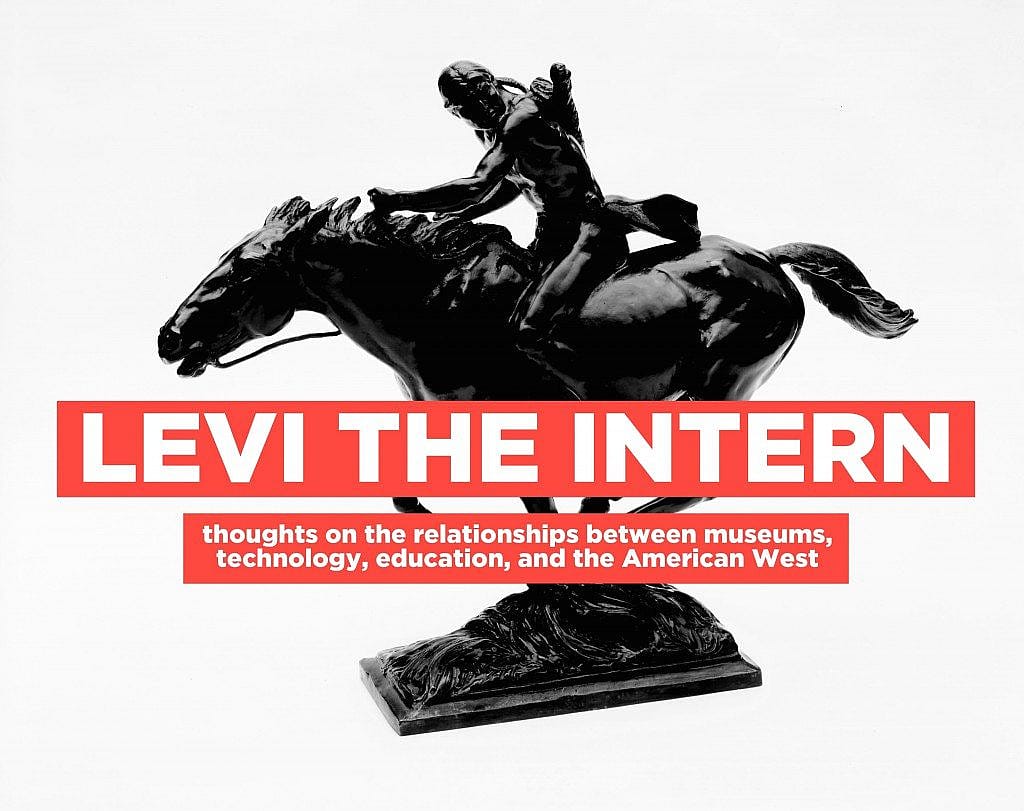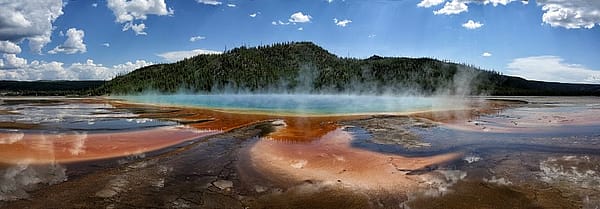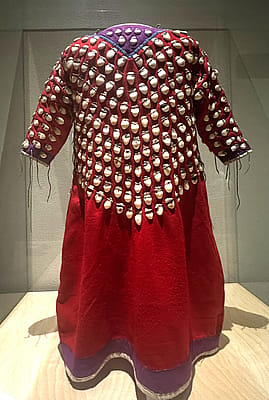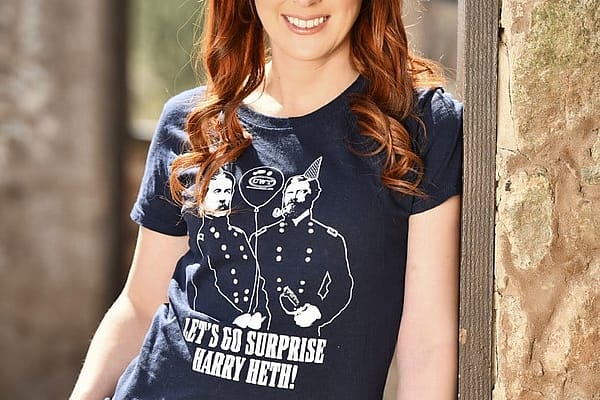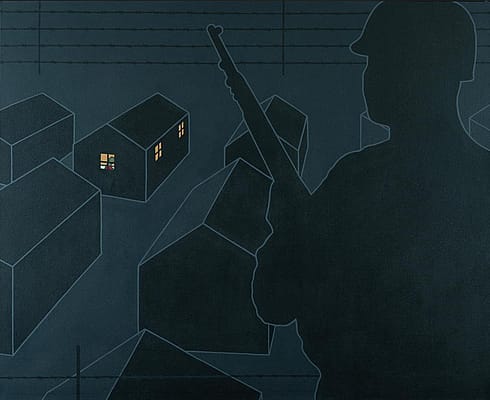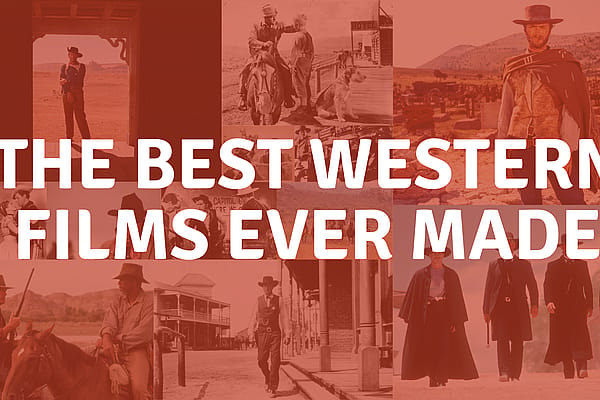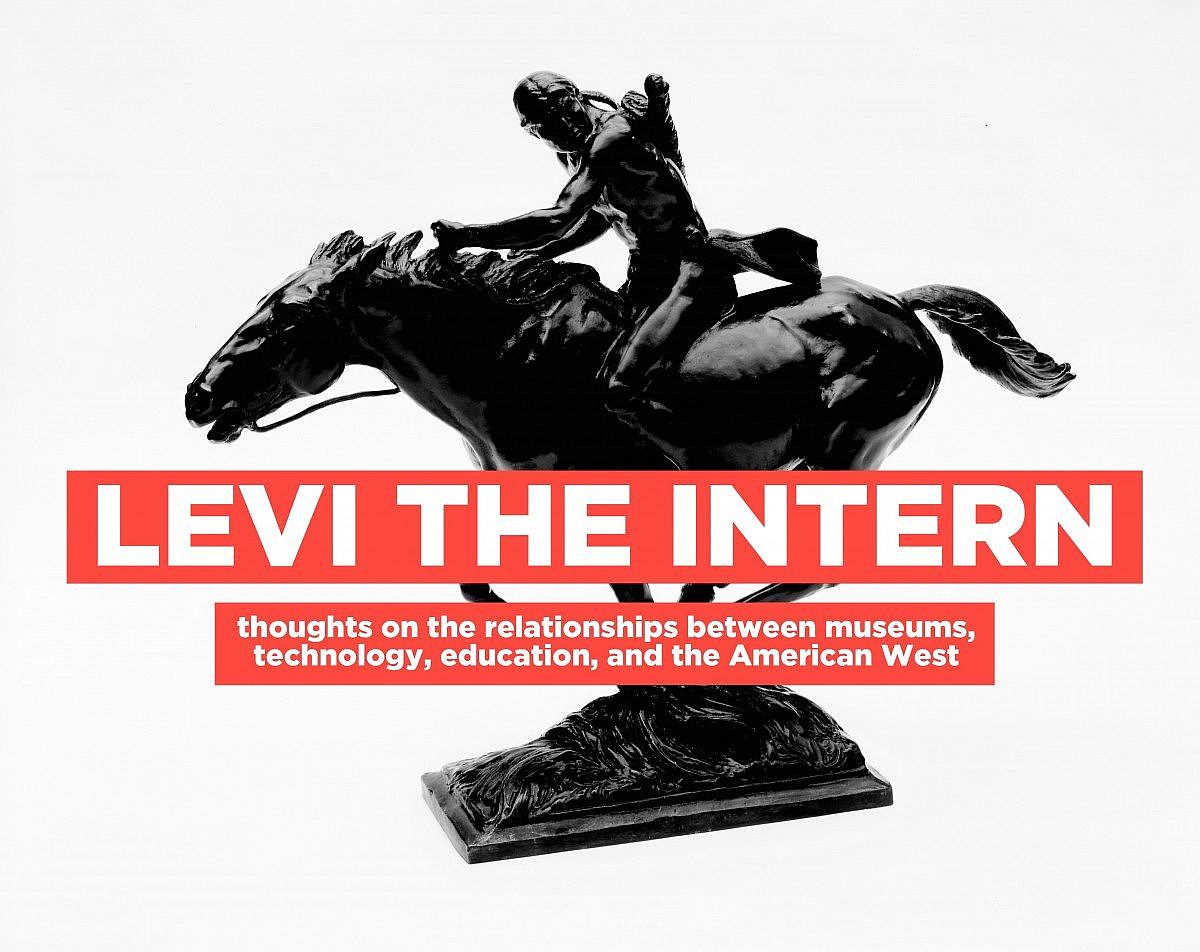
Introducing Levi the Intern: Museum Education for a New Generation
I’m Levi Meyer, the Internet Interpretation Intern at the Buffalo Bill Center of the West. I’m a senior Mass Communication major and English minor at Colorado Mesa University. After five years of sweat, tears, pizza, and beers, I’ll be graduating this December.
I’m at the Center this summer to craft fresh educational and promotional content for the Center’s education department, by way of photos, videos, blog posts, and the occasional guided tour around the museum. I’m here to tell the story of this museum, and the American West, in the only way I know how: by creating and communicating through various forms of media.
I have extensive experience in journalism, marketing, PR, and creative writing (I’m currently working on two western novels), but it’s my passions that brought me to the Center this summer. I foresee a great change in how museums tell the most important stories of human history, and I’d love to use my passions to make that change smoother:
I’m passionate about technology and its symbiotic relationship with humanity. The Plains Indians didn’t have iPhones, but they fashioned buffalo bladders into canteens. That’s technology at its finest. Such inventions are the fabric of human survival, because they fill an inherent need within a society. Museums need innovative and palatable technology to remain relevant to a generation who appreciates history, but doesn’t necessarily appreciate museums. It’s not because the objects in museums aren’t fascinating. It’s because the museum presentation methods of yesterday seem archaic in today’s golden age of technology.
I’m passionate about education. In my mind, there’s nothing more important. Future generations must learn about the history of the American West, because it gives crucial context to the development of the United States, and the development of western society as a whole. But new generations don’t learn the way they used to. They crave interactivity, shareability (the social media kind), and connection to other resources. They are the pioneers of learning by self-discovery. (For that, we have the Internet to thank.) They don’t want to read placecards and stare at artifacts until their eyes glaze over; they want to take artifacts and manipulate them, interact with them, and place them within the context of their world.
But most importantly, I’m passionate about storytelling. It’s the only thing on earth I can truly nerd out about.
Many museums today are a collection of objects—placed in glass boxes, sorted by theme and time period, and paired with placecards. Scholars can find social and historical context in these museums—but what about about the average museum-goer? What about the new generation of learners? These objects are part of a story, and that story needs to be told in an objective, concise (yet not dumbed down), visceral, and relatable way. Effective storytelling can breathe life into these objects, by giving them historical and present-day context. It’s the spoonful of sugar that makes learning go down.
In my first four weeks as an intern, I’ve been given a lot of creative control over my projects, and in turn, these projects have been driven by my passions. My work isn’t A+ or professional grade; I’m only 23, and I have plenty of learning left to do (and many, many mistakes to make). But with the technology I have, I hope to serve up some quality storytelling for those who love the American West as much as I do. Hopefully, they’ll learn something along the way.
Written By
Levi Meyer
Levi Meyer, a Cody, Wyoming native, was formerly the PR & Marketing Manager at the Buffalo Bill Center of the West.
